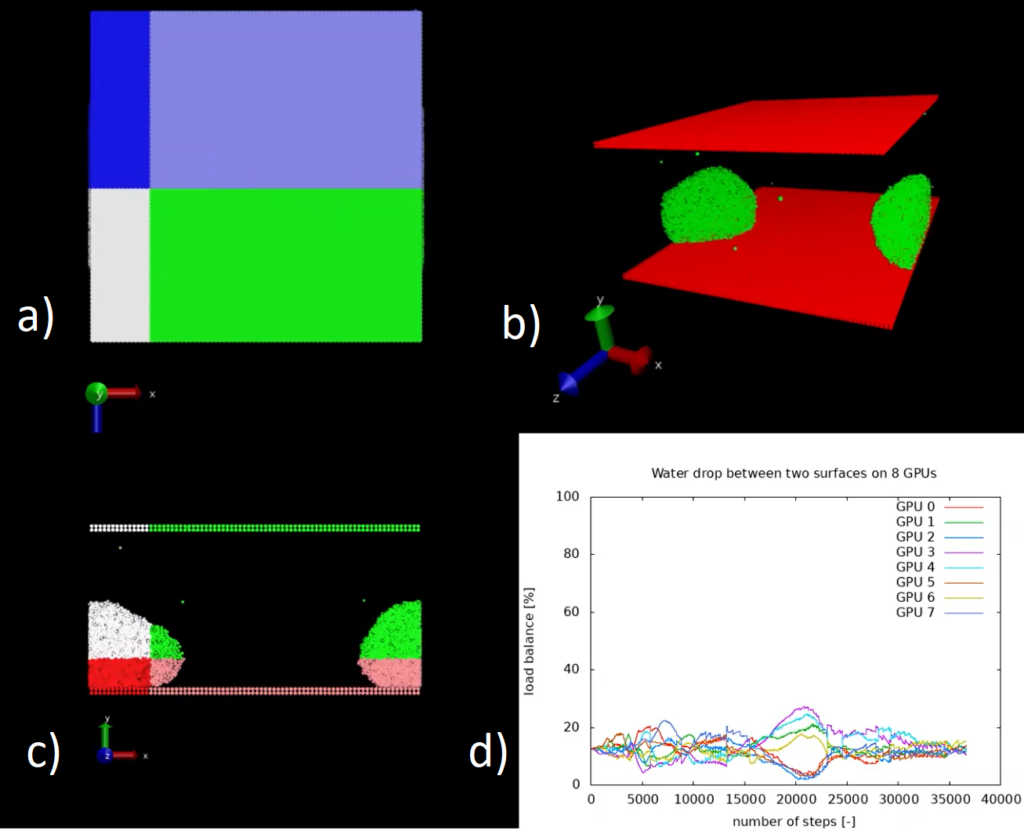EESSI-based GitHub Action for Continuous Integration

Description
This module sets up the European Environment for Scientific Software Installations (EESSI) for use in GitHub Workflows.
The European Environment for Scientific Software Installations (EESSI) is a collaboration between a number of academic and industrial partners in the HPC community to set up a shared stack of scientific software installations to avoid the installation and execution of sub-optimal applications on HPC resources. The software stack is intended to work on laptops, personal workstations, HPC clusters and in the cloud, which means the project will need to support different CPUs, networks, GPUs, and so on.
The EESSI project is supported by E-CAM, and forms the basis of the software stack used within the LearnHPC project (which is also supported by E-CAM).
EESSI can be leveraged in continuous integration (CI) workflows to easily provide the dependencies of an application. With this module we create a GitHub Action for EESSI so that it can be used within a projects CI on GitHub. By using the Action, you can use environment modules to resolve the dependencies of your application in highly predictable and reproducible way. This includes state-of-the-art compilers, MPI runtimes and mathematical libraries.
Documentation and source code
Documentation on our software repository here. See also the GitHub repository of the EESSI GitHub Action.


